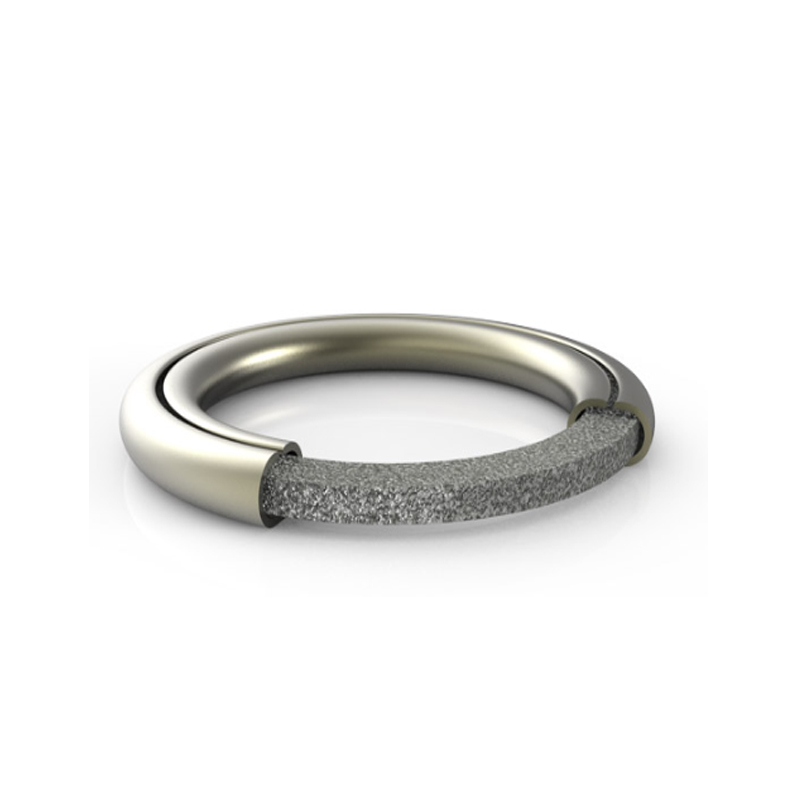gearbox output shaft seal
Understanding Gearbox Output Shaft Seal Importance, Function, and Maintenance
The gearbox output shaft seal plays a crucial role in the overall performance and longevity of a vehicle’s transmission system. This component is designed to prevent the loss of lubricants from the gearbox, while simultaneously blocking contaminants and dirt from entering. Understanding the function, importance, and maintenance of the output shaft seal is critical for vehicle owners, mechanics, and automotive manufacturers.
Function of the Gearbox Output Shaft Seal
The primary function of a gearbox output shaft seal is to create a tight barrier between the gearbox casing and the output shaft. This seal ensures that the lubricating oil contained within the gearbox is retained, allowing for smooth operation of the gears. Gearboxes operate under significant stress and friction; as a result, they require an adequate supply of lubricant to function efficiently. Without the seal, the oil would leak out, leading to inadequate lubrication, overheating, and, ultimately, gearbox failure.
In addition to containing lubricants, the output shaft seal protects the internal components from external contaminants. Dirt, moisture, and debris can cause wear and tear on gears and bearings, leading to costly repairs. The seal acts as the first line of defense against such elements, ensuring that the internal environment of the gearbox remains clean and well-lubricated.
Importance of the Gearbox Output Shaft Seal
The importance of the output shaft seal cannot be overstated. A faulty or worn seal can lead to several issues, including oil leakage, which can result in low fluid levels. This low level of lubricant can cause increased friction and heat, ultimately leading to the breakdown of the gearbox. Signs of a failing output shaft seal may include oil spots under the vehicle, a burning smell, or unusual noises while driving.
gearbox output shaft seal

Moreover, replacing a compromised seal is far less expensive compared to repairing or replacing the entire gearbox. Timely detection of seal failure and prompt replacement can save vehicle owners a considerable amount of money and extend the life of the transmission system.
Maintenance of the Gearbox Output Shaft Seal
Maintaining the functionality of the output shaft seal is relatively straightforward and should be a part of regular vehicle maintenance. A visual inspection can help identify any signs of wear or leakage. Mechanics should check the seal during routine servicing and address any potential issues before they escalate. If the gearbox oil is noticeably low or the seal shows signs of cracking, it's essential to replace it as soon as possible.
Additionally, using high-quality lubricants that comply with the manufacturer’s specifications can enhance the longevity of the seal as well as the gearbox itself. The right lubricants can help reduce friction and wear, allowing the seal to perform its duties more effectively. Regularly checking the gearbox fluid level and ensuring it is filled to the proper line also contributes to maintaining the integrity of the shaft seal.
Conclusion
The gearbox output shaft seal is a small but vital component that plays a significant role in ensuring the efficient operation and longevity of a vehicle’s transmission system. By preventing oil leakage and blocking contaminants, the seal protects the gearbox from damage while facilitating optimal performance. Vehicle owners and operators must prioritize the maintenance of this crucial component to avoid the high costs associated with gearbox repairs or replacements. Regular inspections, timely replacements, and the use of high-quality lubricants are essential practices that can go a long way in keeping the gearbox output shaft seal in optimal condition.
-
Understanding the Front Main Engine Seal: Purpose, Maintenance, and Installation
News Jul.29,2025
-
Understanding O-Rings and Seal Rings: Types, Applications, and Custom Solutions
News Jul.29,2025
-
Understanding Crankshaft Oil Seals: Rear Seals, Pulley Seals, and Their Role in Engine Integrity
News Jul.29,2025
-
The Importance of Front and Rear Crankshaft Seals in Engine Performance and Oil Management
News Jul.29,2025
-
Crank Oil Seals: Functions, Types, and Cost Considerations in Engine Maintenance
News Jul.29,2025
-
A Comprehensive Guide to O-Rings and Seals: Types, Materials, and Global Applications
News Jul.29,2025
-
Mastering Diesel and Performance Engine Maintenance: A Guide to Critical Oil Gaskets
News Jul.28,2025
Products categories















